Alright – so today we’ve got the honor of introducing you to Emily Kinsolving. We think you’ll enjoy our conversation, we’ve shared it below.
Hi Emily, thanks for joining us today. Earning a full time living from one’s creative career can be incredibly difficult. Have you been able to do so and if so, can you share some of the key parts of your journey and any important advice or lessons that might help creatives who haven’t been able to yet?
I’ve earned a full-time living as a photographer now for around 15 years. It’s been a long journey with ups and downs, but I would do it all over in a heartbeat.
I took a photojournalism course in middle school on a whim and spent every spare moment including lunch in the darkroom. This continued through high school, and I later majored in photojournalism at the University of Texas at Austin.
I’ve been doing this a long time now, and I’ve watched a handful of friends pick up a camera and quickly succeed in the freelance world. While it can be easy to compare yourself to your peers, I think it’s important to remember that everyone learns at their own pace, and no two journeys are alike.
When I moved to NYC in 2012, I never said no to anything (except unpaid work!), soaking up as much as I could. I got a job as a photo assistant and also freelanced on a lot of food and editorial shoots. Those photo assistant jobs were invaluable to me. It felt like free grad school – you get to watch well established photographers work and interact with clients, creative directors, stylists, etc on set. I also figured if I could learn lighting, that could inform any other path I chose to take within the industry. I didn’t care what I was working on, I just wanted to get better. I continued freelancing for the following 5 years shooting products, weddings, events, and food.
Eventually I got tired of the freelance hustle, called up my favorite client at the time and asked if they would take me on full-time. They did! This allowed for some much needed stability after living in the most expensive city in the US. After 8 years, I moved back to Texas, and I’m now working full time as a videographer/photographer for UT Health Austin within the Dell Medical School at the University of Texas at Austin.
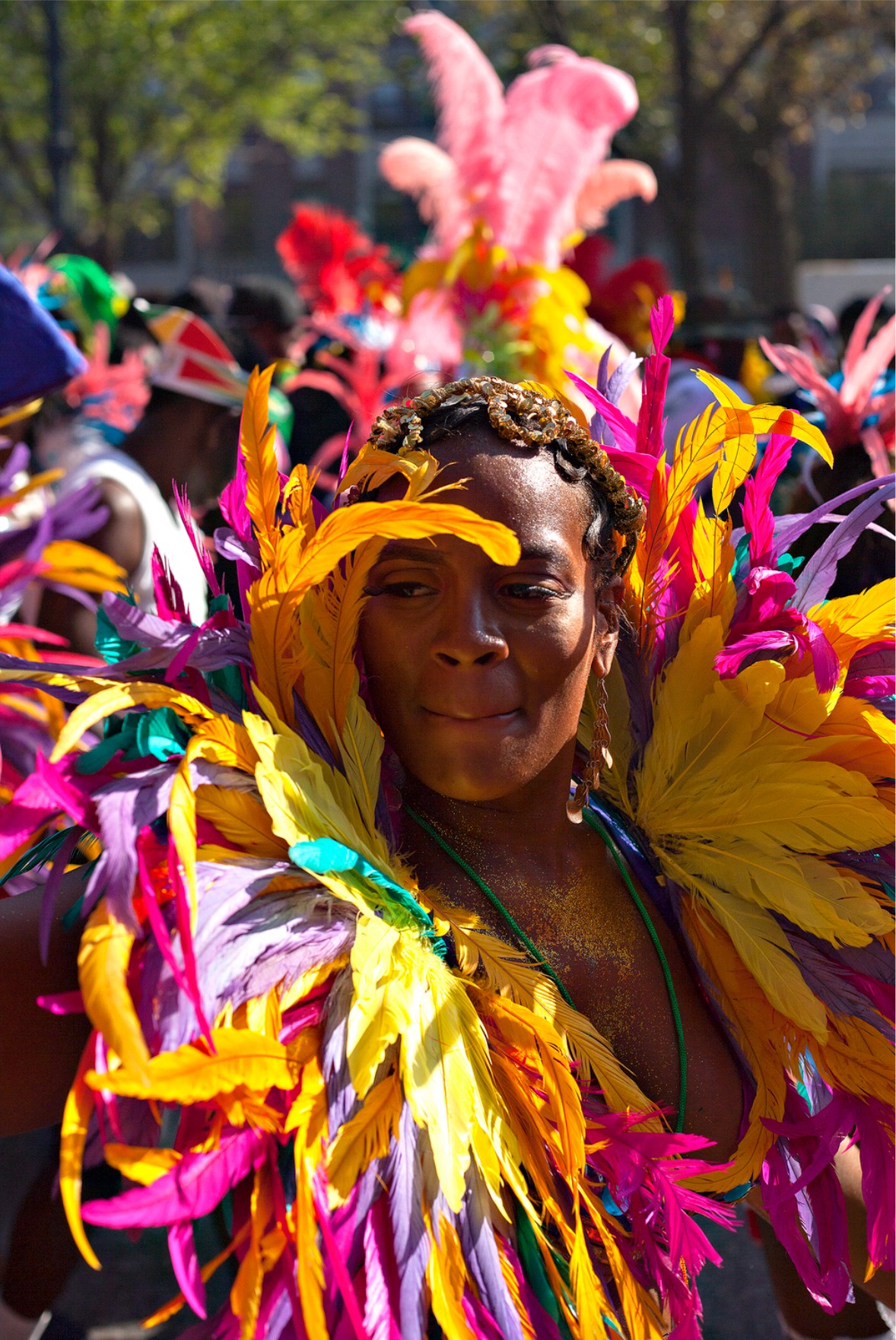
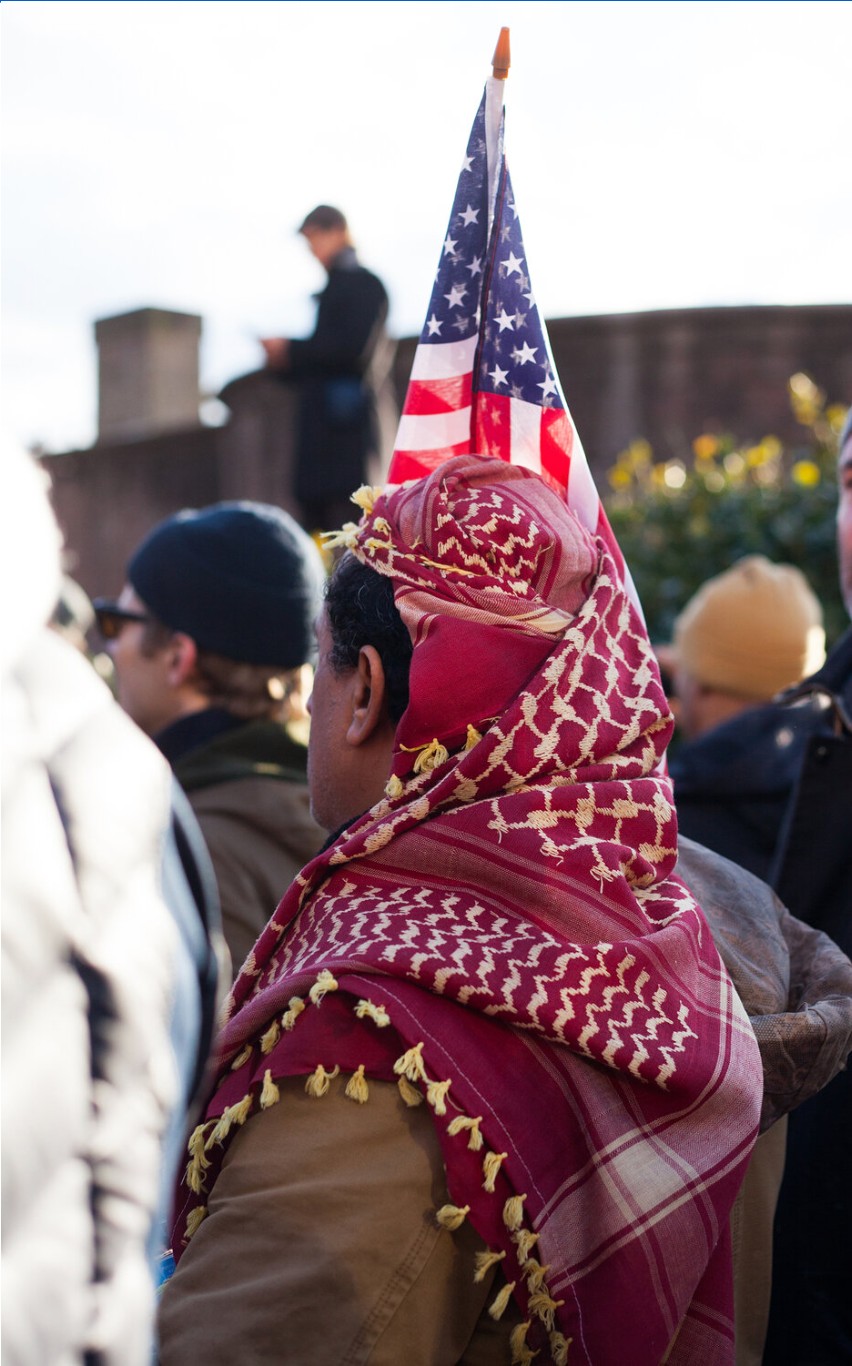
Great, appreciate you sharing that with us. Before we ask you to share more of your insights, can you take a moment to introduce yourself and how you got to where you are today to our readers.
I’m an Austin-based photographer/videographer currently working full-time on the marketing team at UT Health Austin at the University of Texas at Austin. I do a lot of campaign shoots, physician interviews, and occasionally get to film in the OR! It’s a great job.
I freelance outside of my full time job here and there, and I suppose I want my clients to know that I love coming to a job collaboratively. A photographer’s job isn’t always to show up and dictate what happens. I think when two parties approach a project with respectful communication and collaboration, beautiful things follow!
I’m also really passionate about post-production and color theory, so that’s something I inevitably spend way too much time on no matter what the project.
Outside of my profession, I’m a massive music nerd with a few thousand records at home. Over the pandemic I also took an interest in fungi, joined a mycology group, and learned how to cultivate mushrooms at home. Check out Central Texas Mycological Society. They offer a lot of really cool workshops.


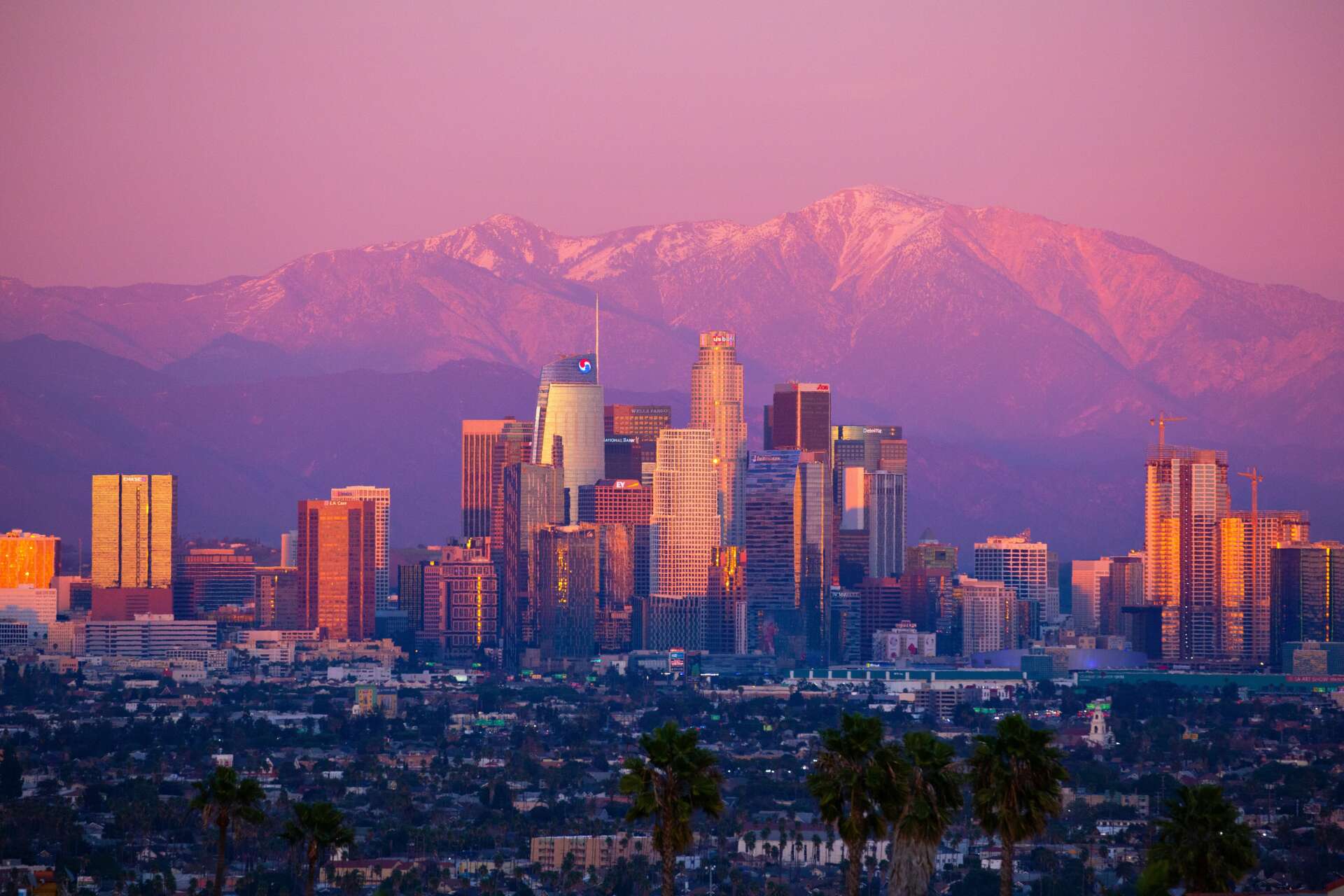
Have you ever had to pivot?
I briefly did admin work for a Nat Geo photographer in Connecticut years ago, and I’ll never forget his advice one day – “In order to be a successful artist, you have to constantly be willing to reinvent yourself.”
I think most people who freelance as photographers understand how hard it can be at times. Even in my best year in NYC, I owed an ungodly amount of taxes, which was the point at which I threw in the towel as a freelancer.
I pivoted and went the full time salary route, which has allowed me to focus more on personal work again. There’s this clear delineation now between my full time work and my personal work – the latter being something I didn’t have the time or energy to focus on when I was trying to keep my head above water financially. Finding a balance between both is really, really rewarding.
I also took up video around 2018, which opened so many doors for me, including my current job at the university. To any strictly still photographers out there who are overwhelmed at the thought of video – it’s not as intimidating as it seems. Seek out a mentor. Seek out creative communities. Assist someone and find people who can help you along the way. I’m really glad I pivoted, because being a strictly still photographer for so long was limiting, and the only real obstacle was telling myself I couldn’t do it.
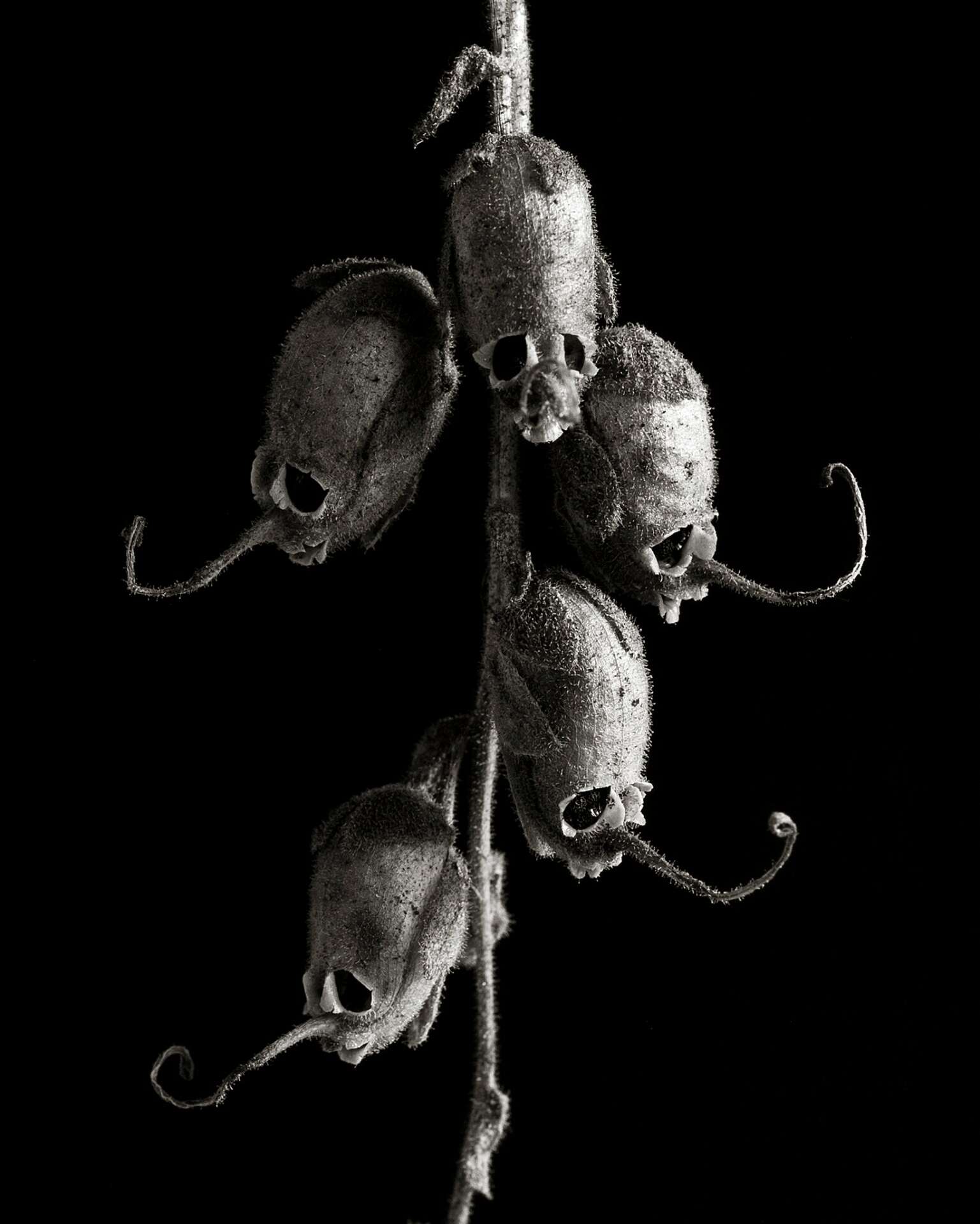
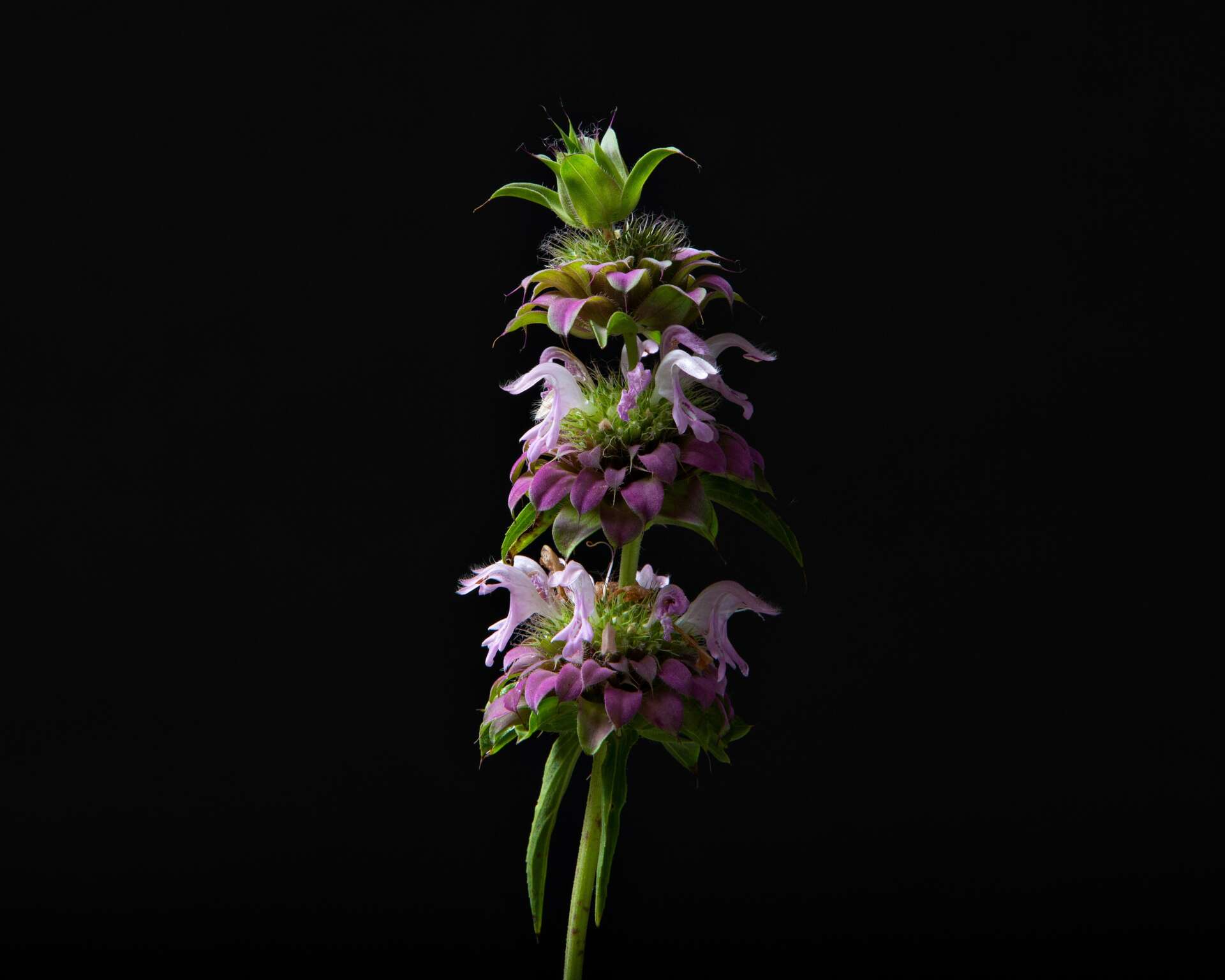
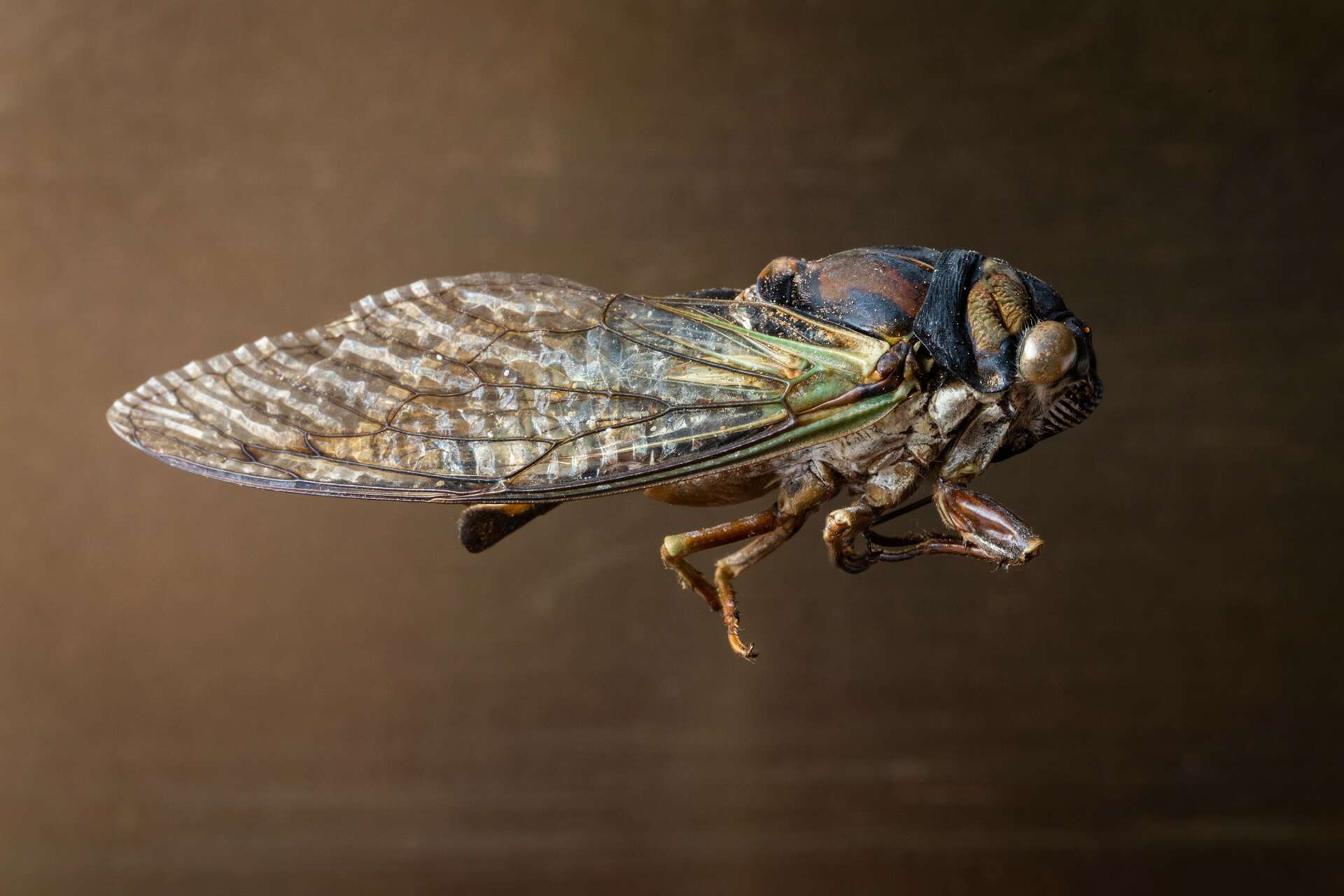
Is there mission driving your creative journey?
As cliché as it sounds, my goal is to never stop learning! I try to apply what I’ve learned in the commercial/product photography world and apply it to my personal macro work. Creativity comes in waves for me, and when I’m not feeling particularly inspired, I’ll deep dive into technicalities of a topic like focus stacking, color grading video in Davinci Resolve, or advanced lighting techniques. There’s an endless amount of material out there, and I try to engage in workshops or online tutorials as much as possible. Lindsay Adler in particular has some great lighting courses online.
Contact Info:
- Website: www.emilykinsolving.com
- Instagram: emilykinsolving
- Linkedin: www.linkedin.com/in/emilykinsolving
Image Credits
All images belong to me!


